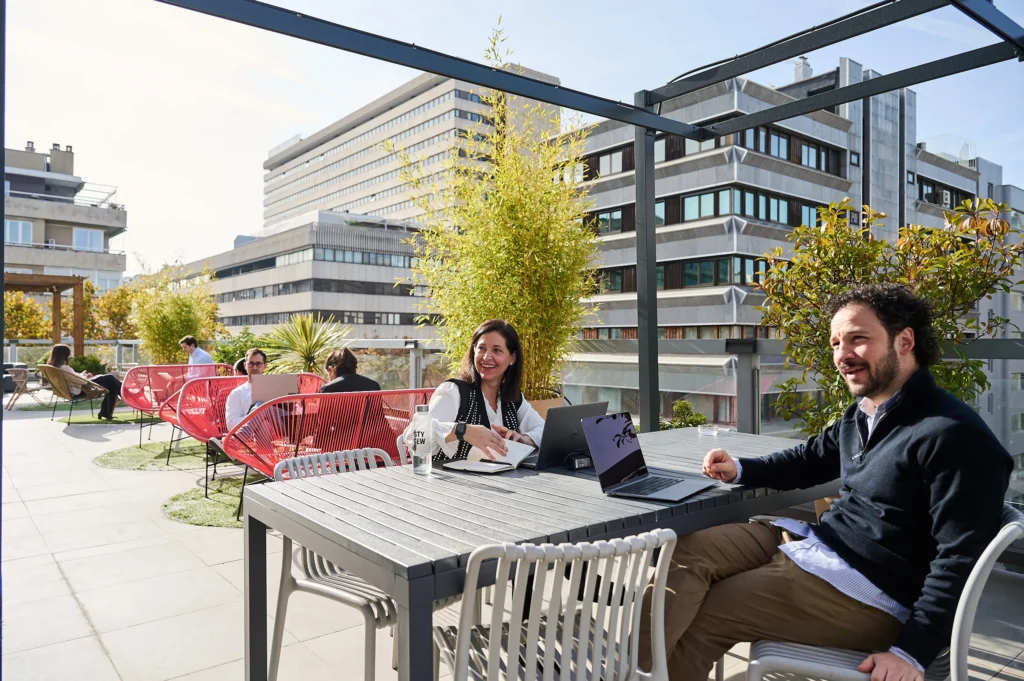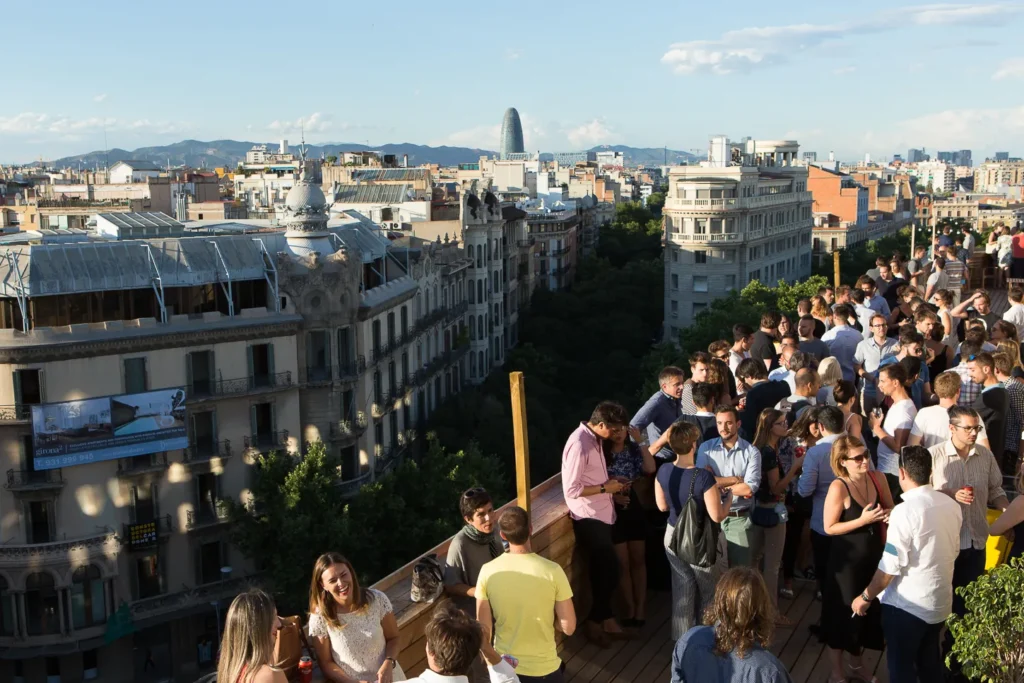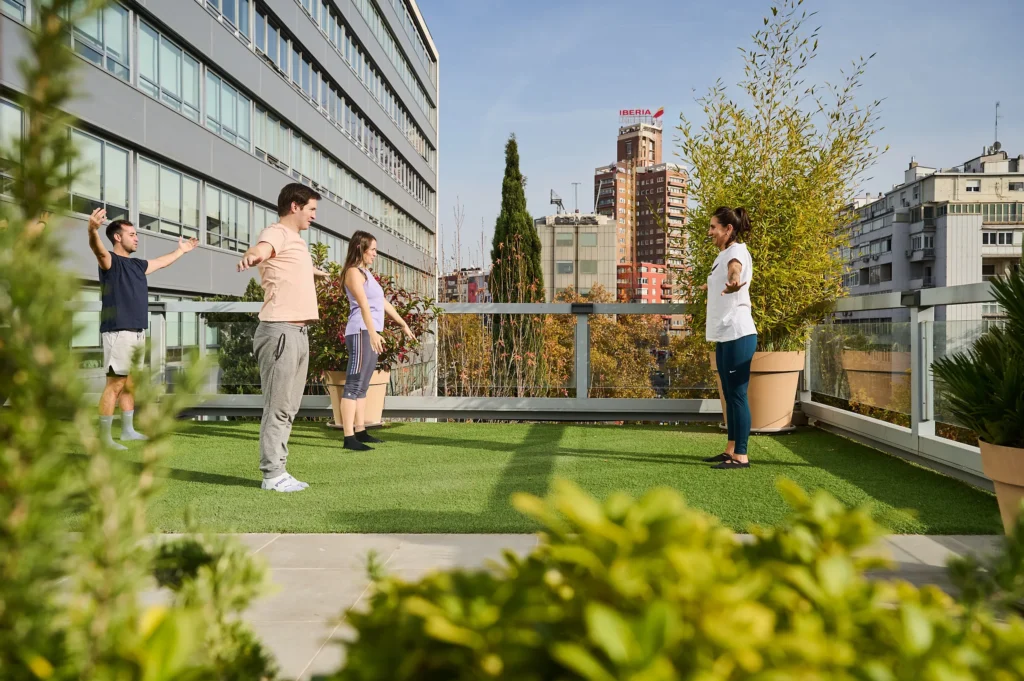From Aticco, where every day we live with professionals, startups and large companies that lead the transformation of work, we know that leadership is one of the keys that define the direction and culture of any organization. In an environment of shared offices and coworkings like ours, where collaboration and innovation are the daily bread, observing and understanding the different types of leadership has become an essential tool to grow, adapt and evolve.
What is leadership and why is it key in a company?
Leadership is a person's ability to influence, motivate and guide others towards a common goal. It is not only about directing, but also about inspiring. In a flexible work ecosystem like Aticco's, where autonomy, agility and creativity are core values, the leader's role is amplified: he or she not only leads, but empowers, connects and transforms.
Good leadership has a direct impact on the work environment, productivity and innovation capacity of a team. Therefore, knowing the different leadership styles can make the difference between a demotivated group and an aligned, proactive and forward-looking team.
Main types of leadership and their characteristics
There are different kinds of leadership that adapt to specific contexts, personalities and objectives. Below, we explore the most prominent ones:
1. Autocratic leadership
This style is based on centralized decision making. The leader controls all aspects and rarely consults the team. It is useful in times of crisis or when speed and precision are required, but can limit the group's creativity.
2. Democratic leadership
Also called participative, this type of leadership promotes collaboration. The leader listens to the opinions of his team before making decisions. Ideal for creative environments and innovative companies that value collective intelligence.
3. Transformational leadership
Focuses on inspiring the team through a vision for the future. These leaders are change agents who motivate, challenge and drive individual and group growth. It is common in startups and growing companies.
4. Laissez-faire leadership
Leaves great freedom to employees. It is effective with mature, autonomous and highly competent teams. However, it can fail if there is no adequate follow-up.
5. Leadership coaching
This style focuses on the personal and professional development of team members. The leader acts as a mentor and encourages continuous learning, an increasingly popular practice in environments such as Aticco, where training and networking are part of everyday life.
How to choose the right leadership style for your team
The key is context. There is no single ideal type of business leadership. What is important is to assess the needs of the team, the stage of the project, the culture of the organization and the long-term goals. A startup in a growth phase may benefit from transformational leadership, while a technical team may require a more democratic or coaching approach.
In addition, it is essential for the leader to be flexible and able to adapt to the different situations that arise. In our workplaces, we have seen how the leaders who adapt best are those who understand that leading is also about listening and learning continuously.
At Aticco, we believe that leadership is a skill that is cultivated. And our coworking spaces and shared offices are designed precisely to foster that kind of development. Here, ideas intersect, synergies are activated and the leaders of today and tomorrow find the ideal place to become their best version.
Frequently asked questions about types of leadership
What are the most effective leadership styles?
It depends on the context, but the most valued styles in collaborative environments today are transformational leadership, democratic leadership and coaching. These encourage innovation, participation and continuous growth.
What kind of leadership fosters creativity in a team?
Democratic and transformational leadership are especially effective in promoting creativity. They allow the free expression of ideas and motivate the team with an inspiring vision.
How can I improve my leadership skills?
Continuous training, constant feedback, self-evaluation and, above all, practice. You can also look for spaces such as Aticco where collaboration, innovation and opportunities for professional growth are generated.





